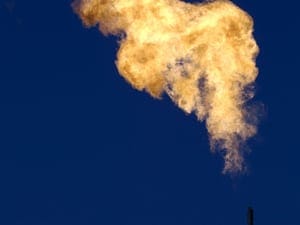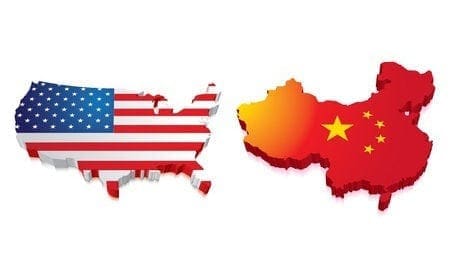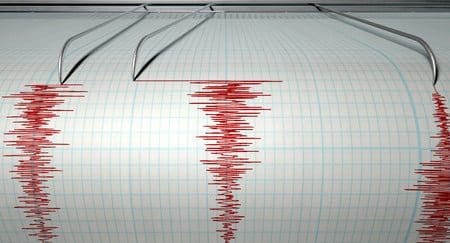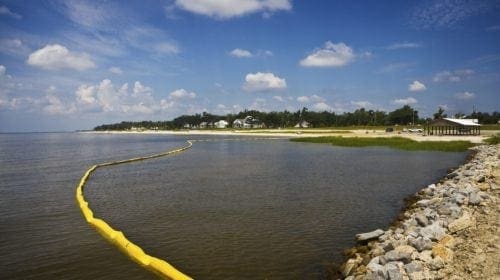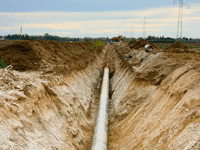Texas has helped to lead the way in making the U.S. a leader in abundant and low-cost energy. New rules, however, are threatening the oil and gas revolution. The U.S. Environmental Protection Agency (EPA) is leading the way on the new rules that could hinder the progress being made.
America has become the largest producer of oil and natural gas thanks to the fracking boom happening in North Texas. Fracking has unlocked new supplies of clean-burning natural gas, which has replaced the older, coal-fired plants, reducing CO2 emissions. In fact, the U.S. leads the movement in the reduction of CO2 emissions in recent years, in spite of an increase in drilling by at least 20 percent.
The EPA has decided to get involved, unleashing new mandates on methane emissions, ozone and carbon dioxide to start. The EPA has data showing a decline in methane emissions, but it still sees the need to claim an increase.
It’s already been projected that the new regulations will shut down many of the smaller drillers, such as the family-owned businesses that drill a high number of Texas wells.
Emissions are on the decline, ozone levels have fallen by 17 percent since 2003, and carbon dioxide emissions are at a 20-year low, according to Ed Ireland, executive director of the Barnett Shale Energy Education Council.

